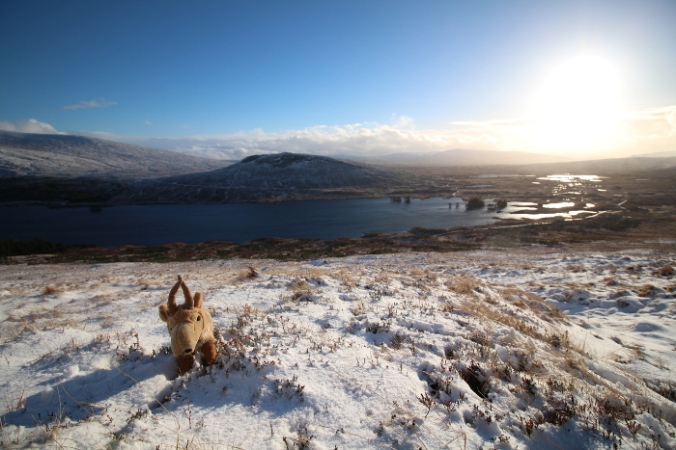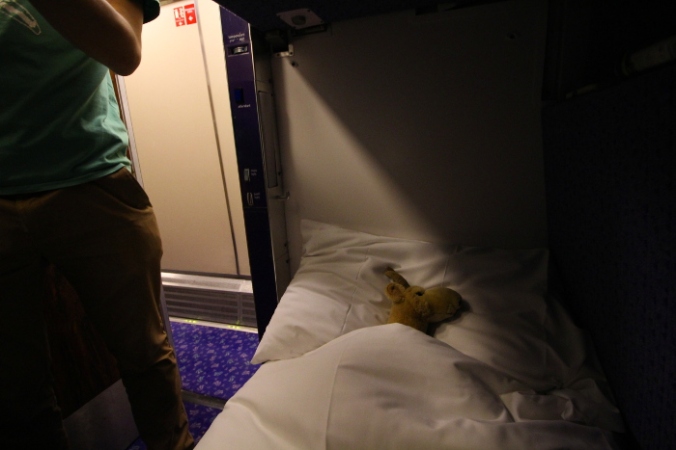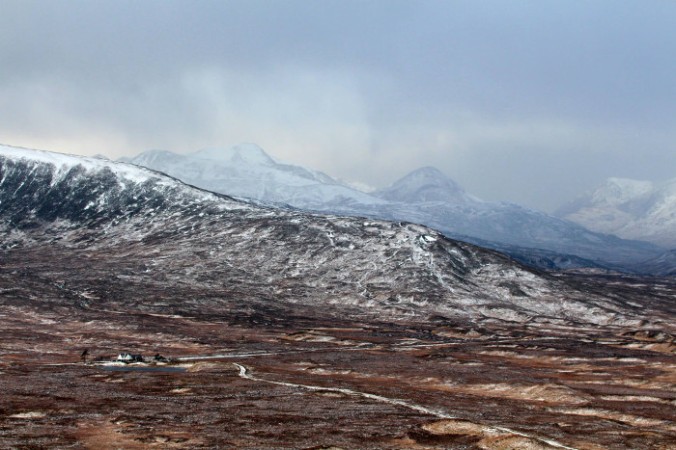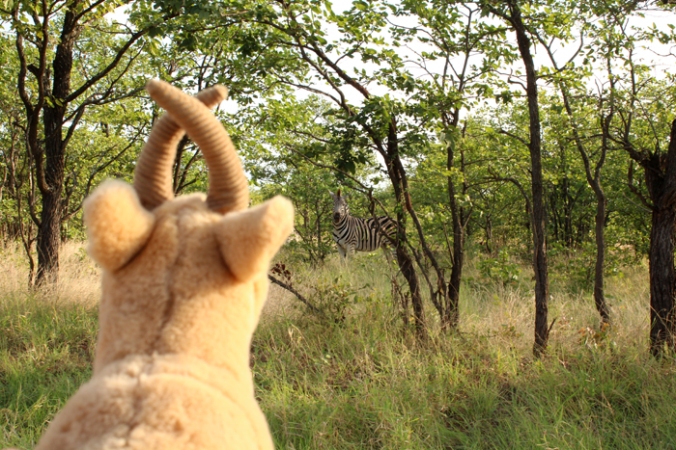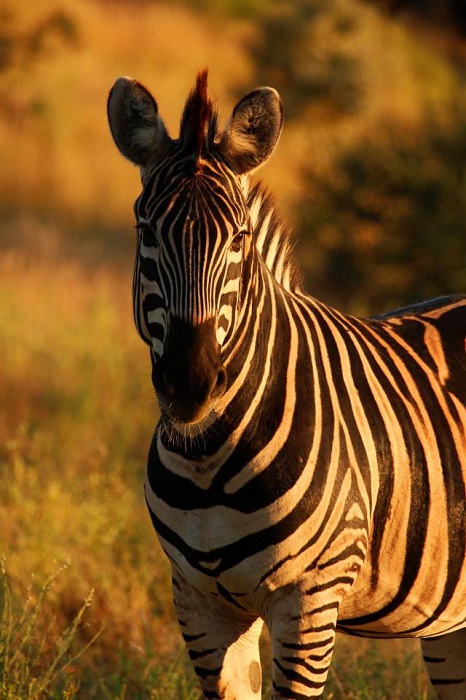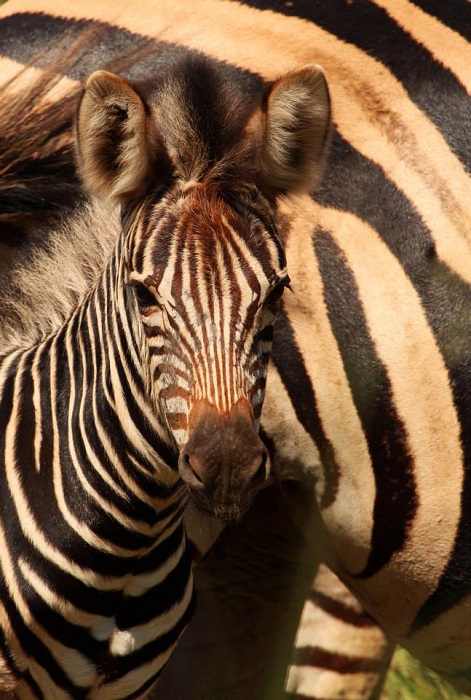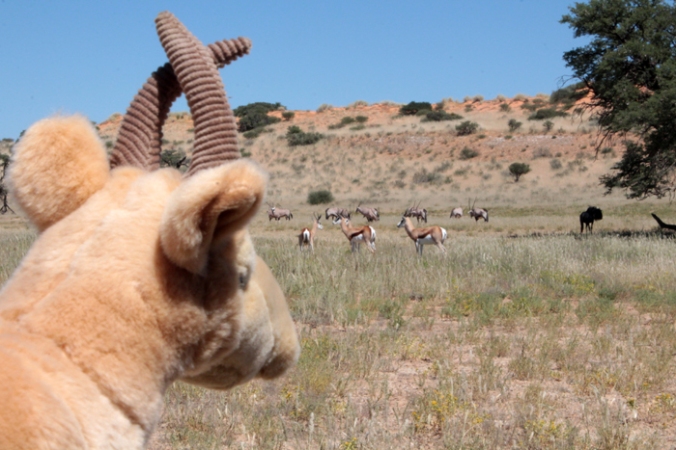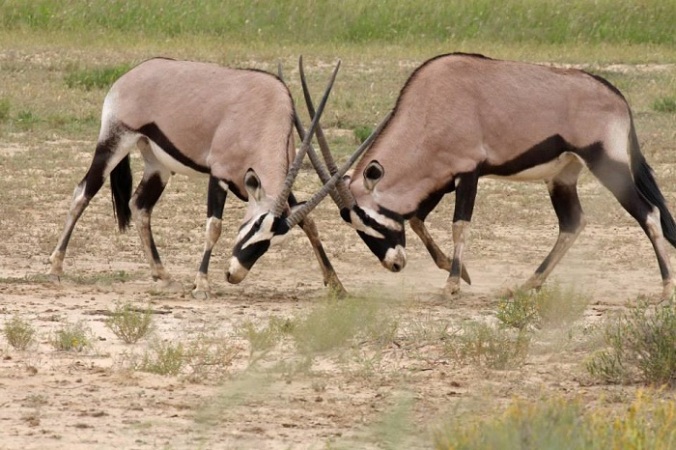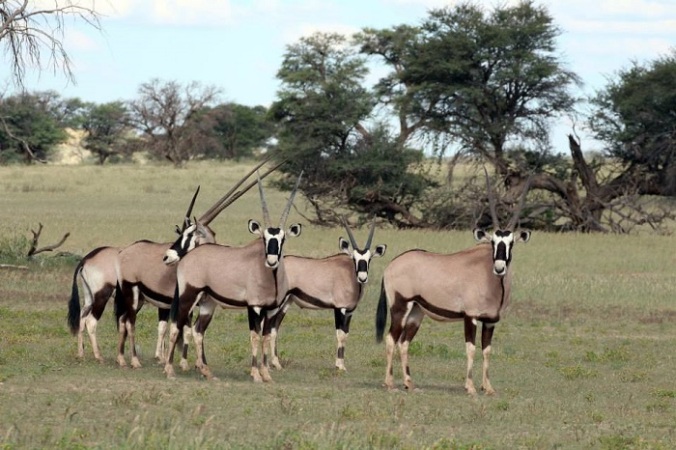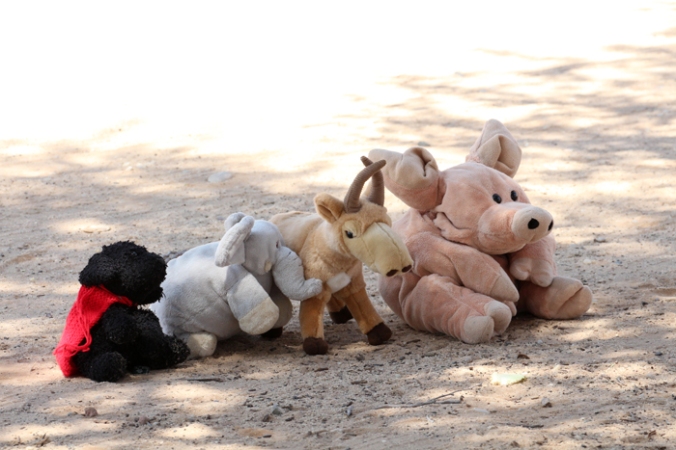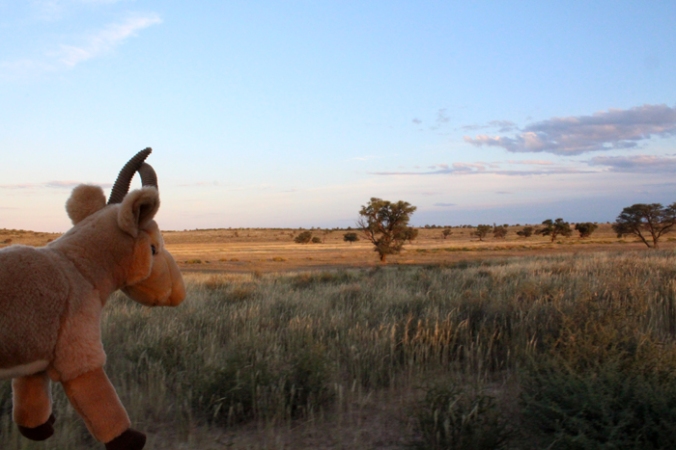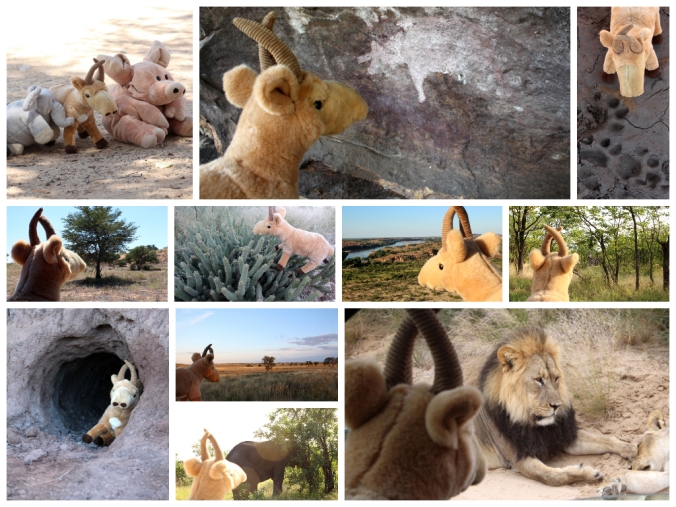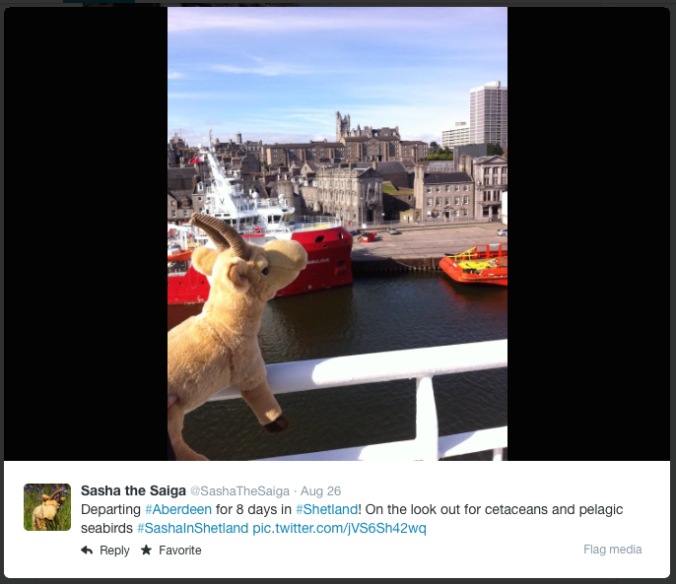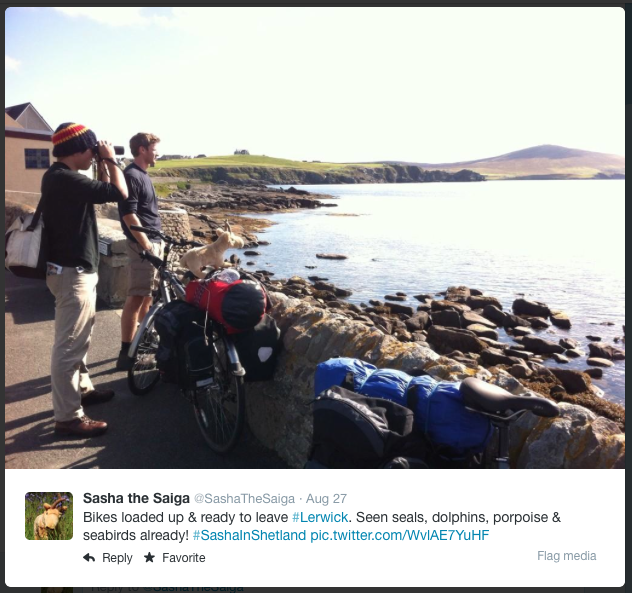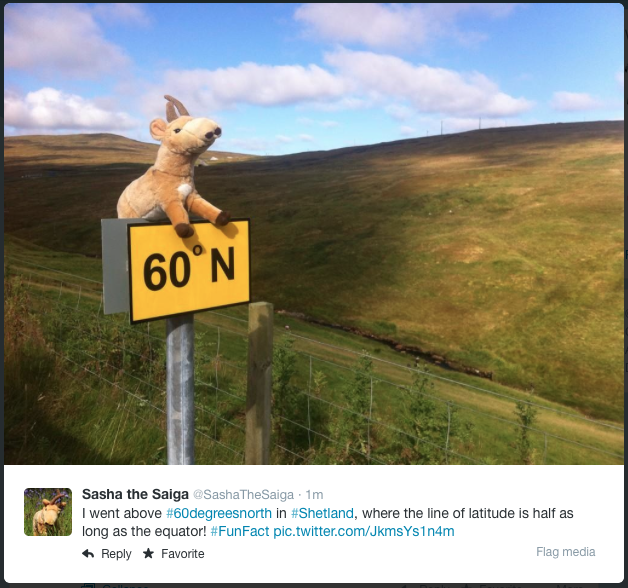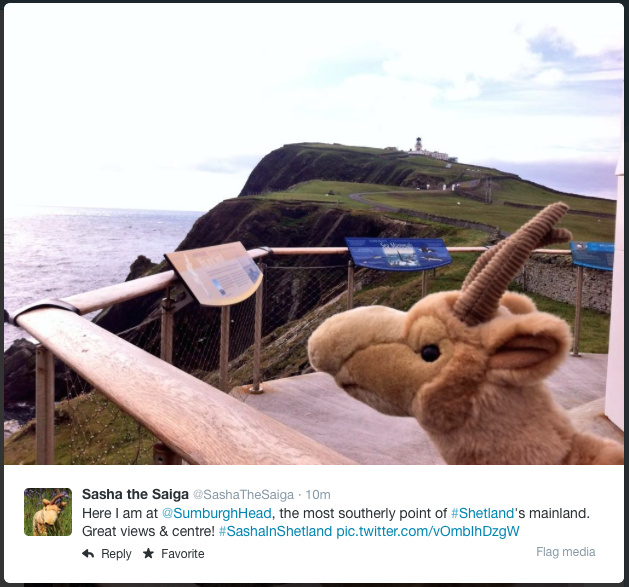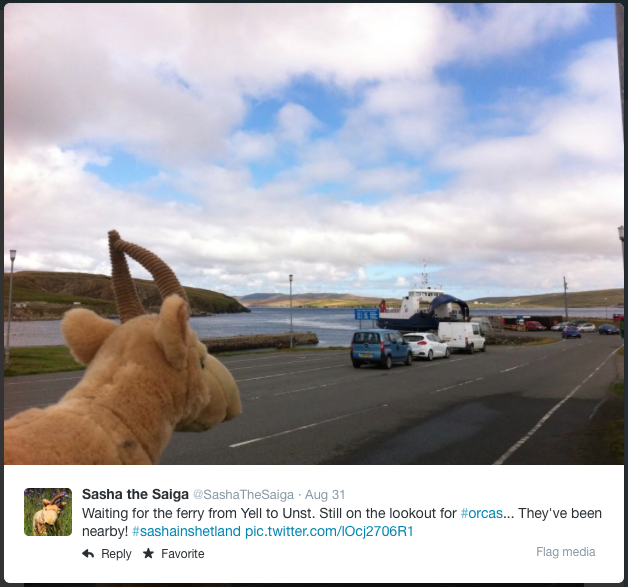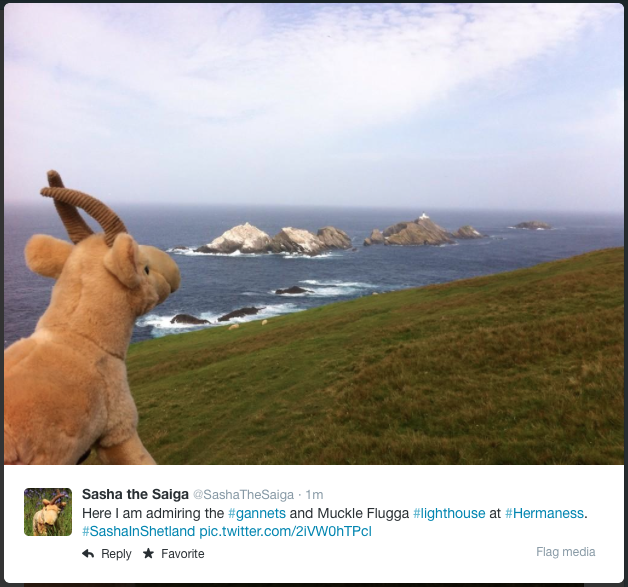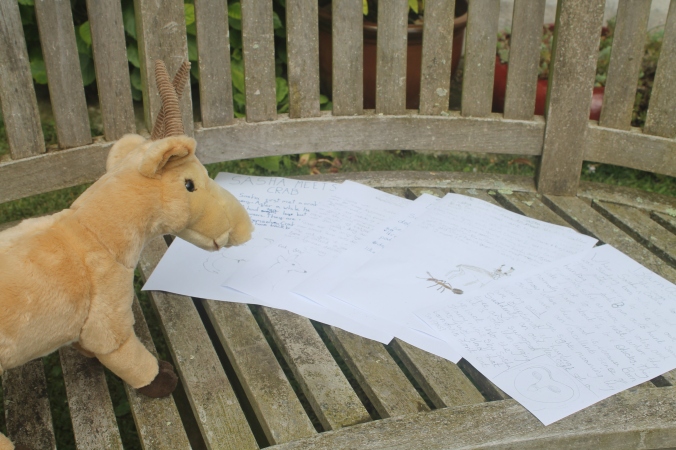Recently, I was lucky enough to visit Honduras in Central America with my friend, Sam. Sam is an ornithologist (a scientist who studies birds) and is lucky enough to work in many places around the world.
I only stayed for a short time with him in Honduras, but we saw a lot of amazing things and made many new friends!
Visiting Central America was particularly exciting for me because it was the first time I have visited the ‘new world’. The name ‘new world’ is a scientific name for all of the countries from North, South and Central America. Many of the species that live here are found nowhere else on the planet, such as hummingbirds.
I got the chance to meet lots of other scientists because we were on a big adventure, which the scientists call an expedition!
An expedition is when lots of scientists work in one place together for a period of time, usually in parts of the world that few scientists have ever been. This is very exciting because the scientists can find species of animals and plants that have never been seen before.
Can you imagine how many species of animals and plants there are in the world?
The answer is that we really don’t know! We think that it is around five million. How sad would the world would be without so many wonderful animals and plants? I am going to share just a few of these species with you over the next couple of weeks, so stay tuned!

